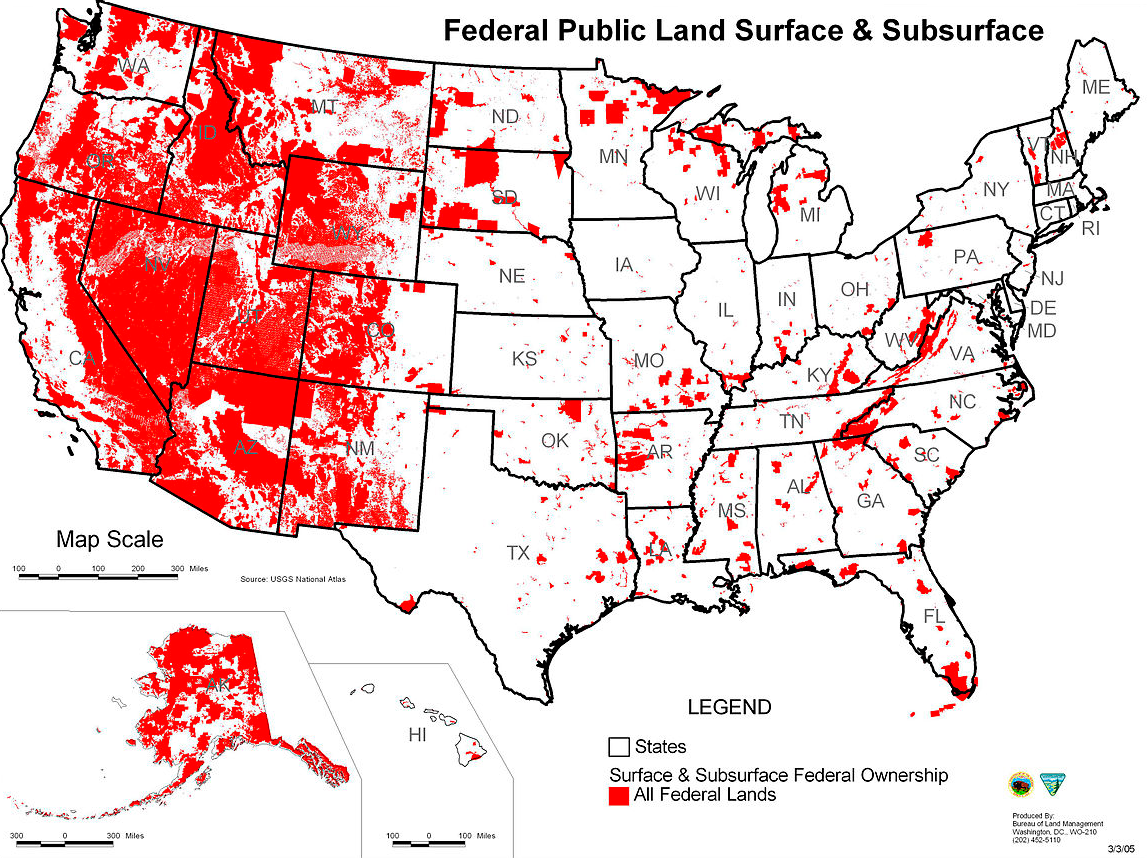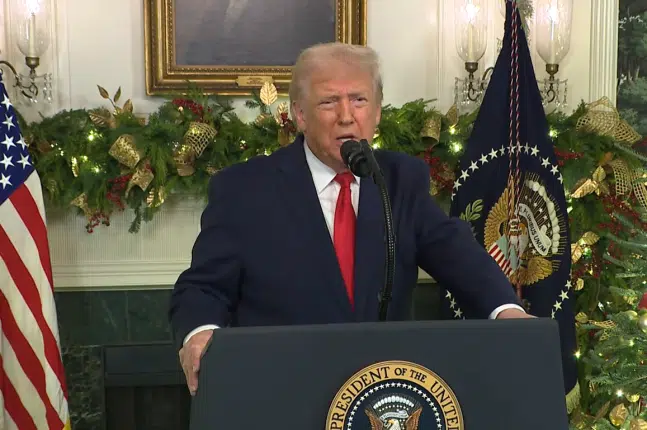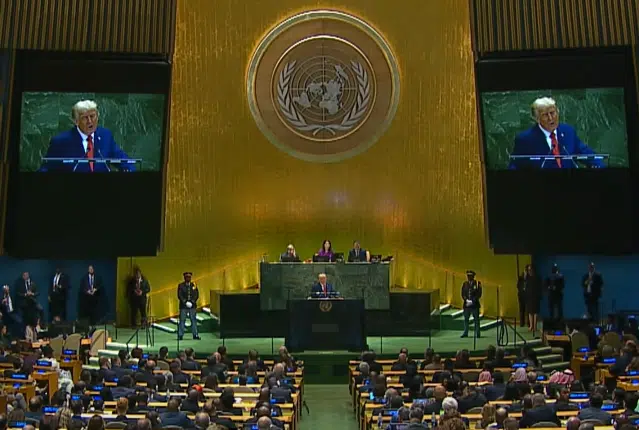The Land and Water Conservation Fund was enacted in 1965, according to the act, to “provid[e] funds for and authorizing Federal assistance to the States in planning, acquisition, and development of needed land and water areas and facilities and … providing funds for the federal acquisition and development of certain lands and other areas.”
Although it started out to help state and local governments with recreation projects, over the years, the primary mission of the fund has shifted almost entirely to federal land purchases, with as little as 12 percent going to stateside projects, according to U.S. Rep. Rob Bishop (R-Utah), writing for the Daily Caller on Oct. 9.
That is why Bishop offered an amendment to H.R. 502, which reauthorizes the fund, that would require that at least 40 percent of the taxpayer money in the fund indeed goes to the states. It’s a good start, but it might not make up for other shortcomings of the legislation.
For starters, the bill raises the amount of the fund to $900 million from its FY 2018 level of $425 million, a 112 percent increase, and the highest level since 2001.
The bill also permanently reauthorizes the fund, abdicating Congress’ constitutional prerogative to allow the legislation to sunset.
As of this moment, the fund’s authorization lapsed on Sept. 30. Meaning, Congress will be looking for an excuse to reauthorize it. But that gives Congress leverage to reform the program without expanding it so dramatically.
It is unfortunate that the only way it was perceived that state and local government programs could be funded was to simply double the agency’s budget. Under the well-intentioned Bishop amendment, stateside projects would now get $360 million. But it comes at the cost of doubling land acquisition funding to more than $400 million, even though the Trump administration request hundreds of millions of dollars less than that.
If anything, the reauthorization should be an opportunity to limit federal land grabs. The federal government already owns 46.4 percent of western states’ land as it is, according to a 2017 study by the Congressional Research Service. How much more does it really need?
Surely, in the lame duck session of Congress, this will come up again, especially now that the bill has cleared committees in both the House and Senate. But the haste to get the bill done during the lame duck should not come at an exorbitant cost to taxpayers. It might be better to just wait until 2019 if the alternative is doubling the amount of federal land grabs.
Robert Romano is the Vice President of Public Policy at Americans for Limited Government.







